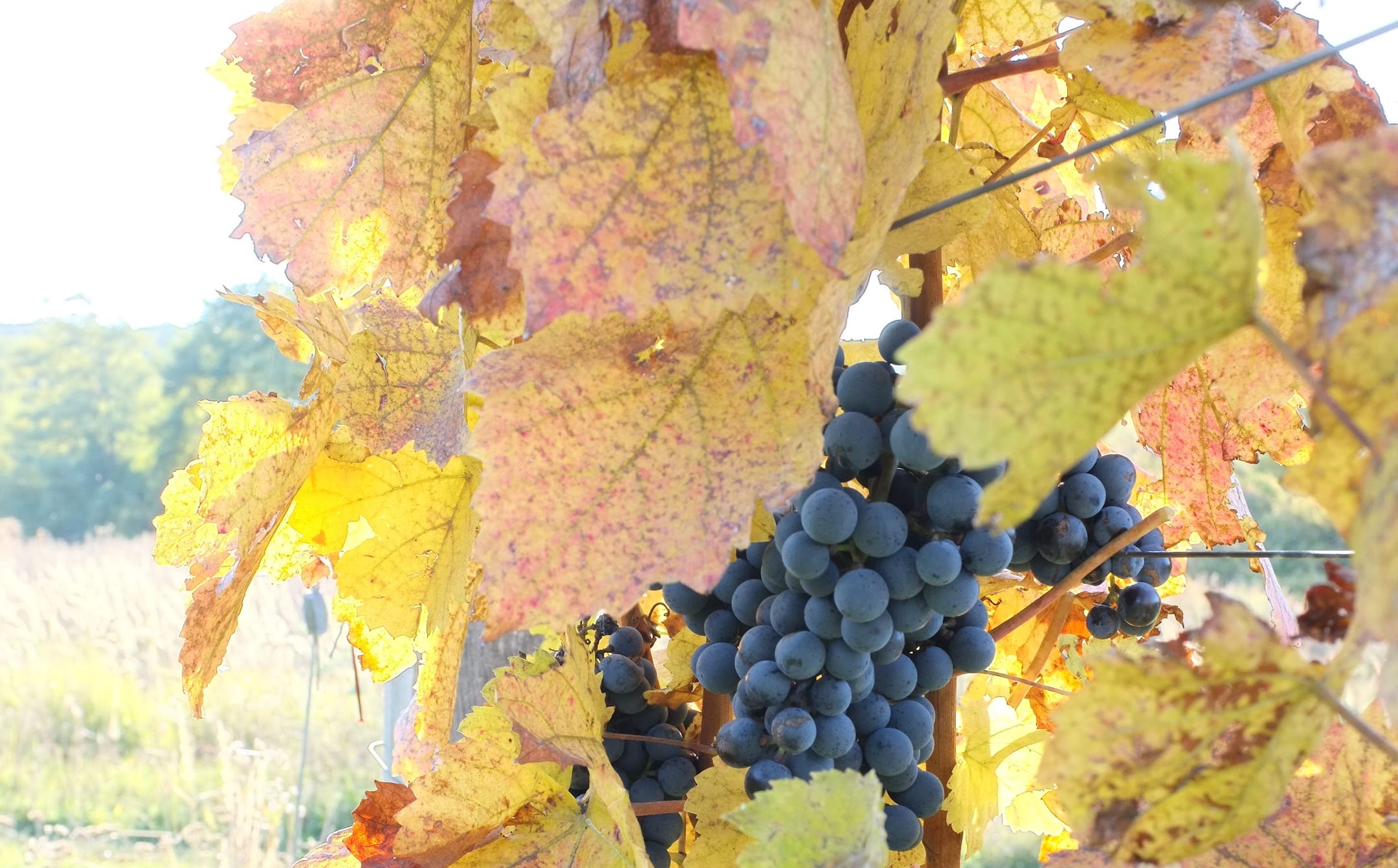Crop Thinning ≠ More Flavour
Written by Franz Weninger on the 1st of December 2016A Philosophical and Agroecological View
At the end of the 1990s a new trend reached the Burgenland red wine scene, hot on the heels of the trend of using barriques: crop thinning. The goal was and is to intensify the wine's flavours. My grandmother was not pleased at all, and I still remember that she wrote a letter to the editor to the diocese of Eisenstadt, which was published in their magazine. In this letter she even described crop thinning as an act of blasphemy (the grapes are a gift from God and should not be discarded by humans). These times are over. But even today, a large proportion of winemakers and wine writers from near and far are preaching this method. Customers buy into this idea because of the seemingly simple equation: small yields equal big flavour. We have stopped crop thinning 10 years ago, and here I would like to explain why.

The vine
The whole year she takes care of her grapes, for a simple reason: generative multiplication. By pruning we show the vine that the vegetative enlargement / multiplication is not possible. Therefore, she begins the generative propagation process and produces grapes. It is about the nuclei, which are produced to be carried far into the world by birds. The shell, in other words the berry and its pulp, are only there to attract them.
Therefore, if half the grapes are cut off, the vine experiences stress. Phytohormones are produced and these force grapes to ripen rapidly. From a philosophical point of view, the vine wants to bring the few remaining grapes rapidly into maturity before another “disaster” happens. This rapid ripening will produce wines with high alcohol and low acidity. The wines will taste “sweeter” and will have a shortened life.
Naturally Low Yield
Old vines are different. The vines are in balance and know how many grapes they can produce and bring to maturity. The berries are smaller, less dense and with thicker skins. Even in stressful situations the vine will bring its berries to safety (the reserves of the old wood will help).
These grapes will have a lower alcohol content and a higher acidity. The thick skins will bring depth and substance into the wine. The higher acidity will help for aging.
This is our way.
And Young Vineyards?
What about young vineyards, you will ask, vineyards which have not yet found their equilibrium? From our point of view, there are two possibilities. Firstly, by using biodynamic preparations we try to help our plants reach the naturally low yielding phase early. Secondly, if this fails, we will make a simpler, fruity wine. From today’s point of view this is also a trend again.